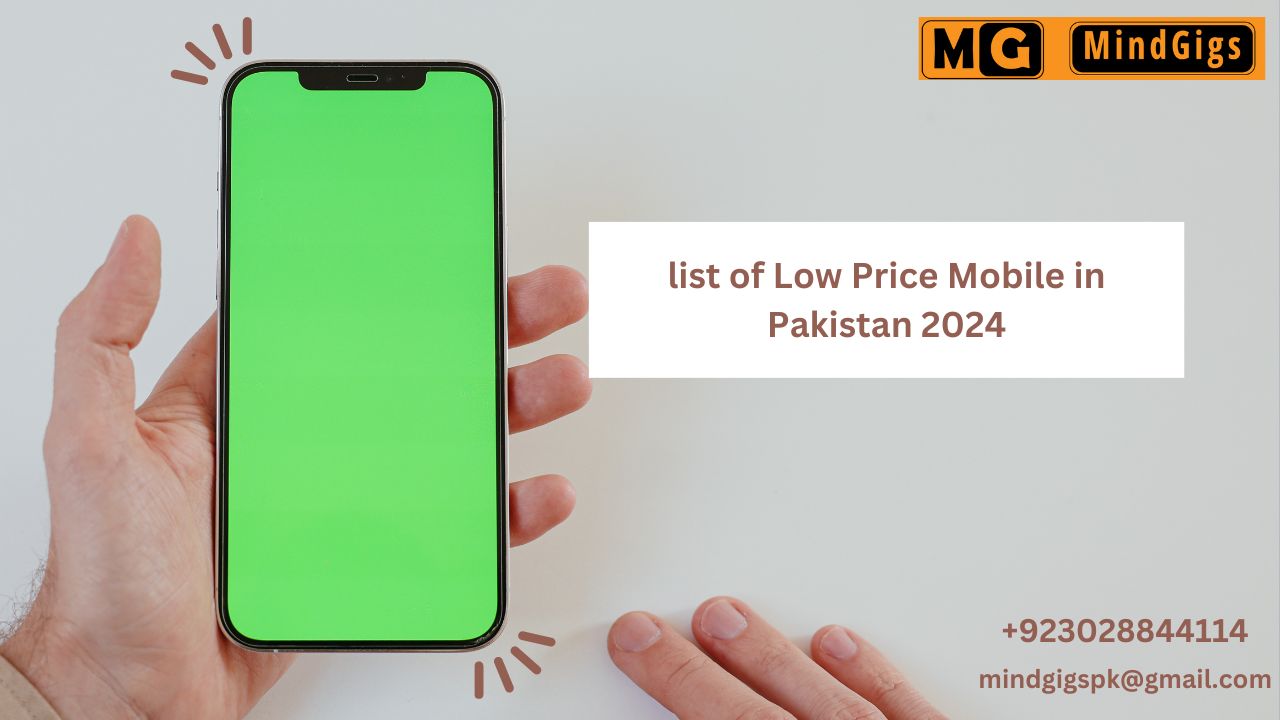Intro
debugging android apps
On an Android device remotely debug live content from your Windows, Mac or Linux computer. The following blog post teaches you a way to debugging android apps:
debugging android apps
Some important and basic steps for debugging android apps
- For remote debugging first you have to install your Android device, and discover it out of your improvement system.
- Look at and debug your live content material on your Android tool from your improvement machine.
- Screencast content out of your Android device onto a DevTools subsequent to your development gadget.
Requirements
Basic Requirements for debugging android apps
- Installed Chrome 32 on your development machine.
- On your development gadget USB drivers installed, in case you’re using Windows. Make sure Device Manager Reports the perfect USB driver.
- Use USB cable & attach your Android device to your development system.
- Android 4.0 or later.
- Chrome for Android established on your Android tool.
Step #1: Find out your Android device
- In your Android device, choose Settings > Developer Options > Enable USB Debugging. By default Developer Options is hidden on Android 4.2 and later. For allowing it see Enabling On-Device Developer Options .
- Now you need to be signed in to Chrome with one in all Google accounts. Faraway in Incognito Mode or Visitor Mode.
- Open DevTools debugging does not work
- Click the Main Menu in DevTools, now select More tools > Remote devices.
- Click the Settings tab, in DevTools, if other tab is displaying.
- Discover USB devices is enabled make it sure.
Directly join your Android device to your development device by using USB cable. Avoid to use any intermediate USB hubs. If you’re connecting first time your Android tool to this development system, your device suggest up beneath unknown, with the textual content Pending Authorization below it.
In case your device is displaying up as unknown. while receive the Allow USB Debugging permission spark off on your Android device. Unknown is replaced with the model name of your Android device. The inexperienced circle and the related textual contents suggest that you are all prepared to remotely debug your Android device from your development device.
Main Points
Step 2: Now debug content on your Android tool from your development system
- You need to open chrome on your Android device if you don’t have already had Chrome open.
- Click the tab that fits your device’s model name Again in DevToolsyou spot your Android device’s version name, observed with the aid of its serial number at the pinnacle of this page. With the version variety in parentheses, you can see below the model of Chrome it is running on the device, every open Chrome tab receives its own phase. You may engage with that tab from this phase. If there are any apps using WebView, you see a segment for every of these apps, too. The screenshot below does not have any tabs or WebViews open.
- Open New tab, enter a URL then click Open. The page opens on a new tab in your Android device.
- Click Inspect subsequent which you url just opened. Now a new DevTools instance opens. The model of Chrome strolling for your Android device determines the model of DevTools that opens on your development system. So, if your Android device is running a totally best version of Chrome, the DevTools instance may additionally look very specific than what you’re used to.
Greater moves: reload, awareness, or near a tab
Click More Options subsequent to the tab which need to reload, awareness, or close.
Screencast from Android tool to development system
Click on Toggle Screencast to view the content of your Android device in your DevTools instance.
- You may interact with the screencast in more than one approaches:
- Clicks are translated into taps, firing right contact events on the device
- Keystrokes to your laptop are dispatched to the tool.
- To simulate a pinch gesture, hold shift at the same time as dragging.
- To scroll, use your track pad or mouse wheel, or fling along with your mouse pointer.
- some notes on screencasts:
- Screencasts only display page content. Transparent portions of the screencast represent device interfaces, such as the Chrome omnibox, the Android status bar, or the Android keyboard.
- screencasts negatively affect frame quotes. Disable screencasting even as measuring scrolls or animations to get a greater correct image of your web page’s performance.
- If your android device screen locks, the content material of your screencast disappears. unencumber your android device display to automatically resume the screencast.
Affliate Sites: Mindgigs, Zahyd, Codimize, Viral Kar, Online CSS Academy
Back to Blogs





